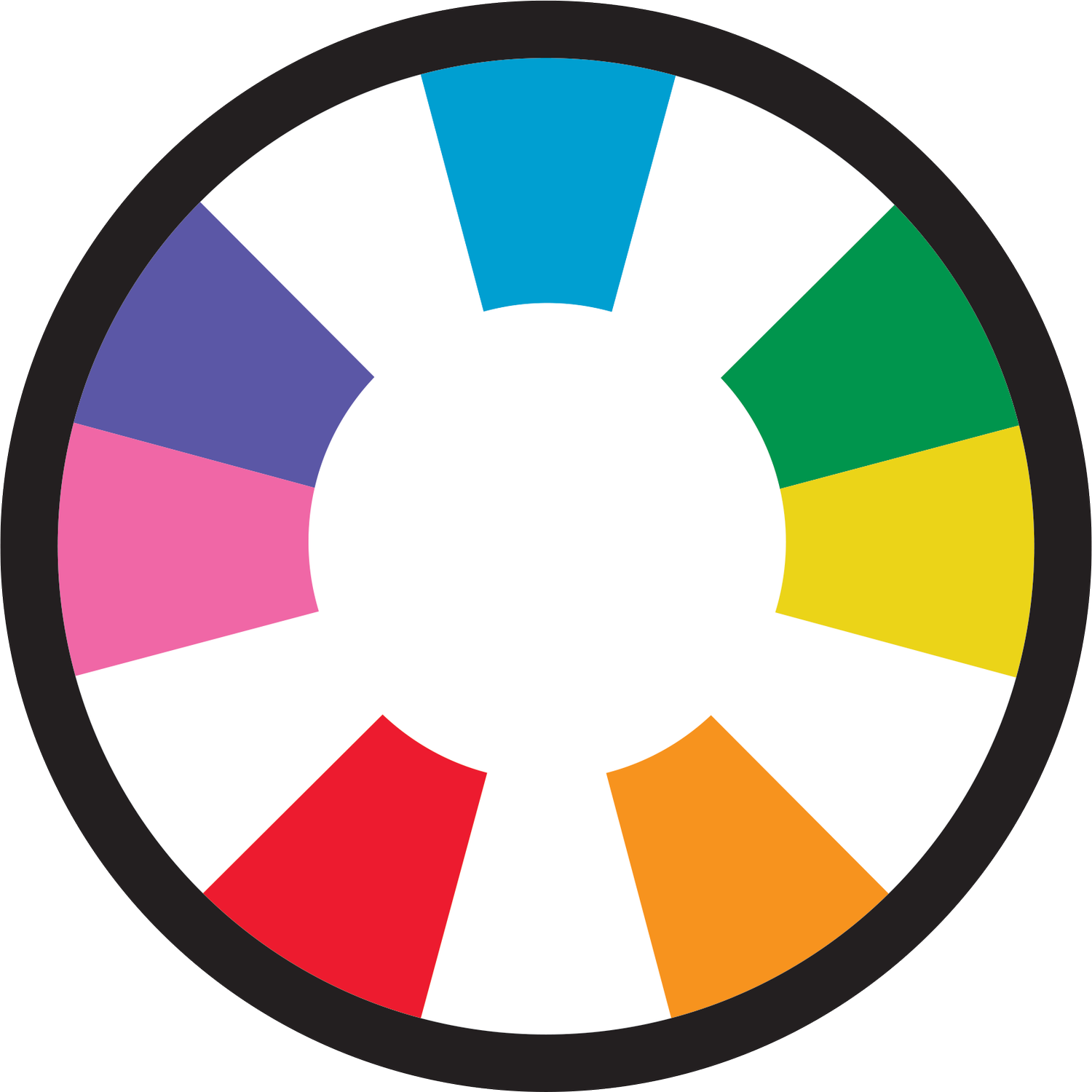All Notes On Guitar and Easy Chords for Beginners with Musical Colors
As a beginner guitarist, it can be overwhelming to try to learn all of the notes on the guitar fretboard while also trying to master chords. However, with the help of Musical Colors color-coded keyboard, fingerboard, and fretboard stickers, this task becomes much more manageable.
First, let’s talk about the all the notes on guitar. The standard guitar has six strings and 20 frets, which means there are a lot of different notes to learn. However, it’s important to note that each string is tuned to a specific note, and the frets represent different semitones or half steps from that note.
Starting with the thickest string, also known as the sixth string or low E string, the notes are E, F, F#, G, G#, A, A#, B, C, C#, D, and D#. The fifth string or A string notes are A, A#, B, C, C#, D, D#, E, F, F#, and G. The fourth string or D string notes are D, D#, E, F, F#, G, G#, A, A#, B, and C. The third string or G String notes are G, G#, A, A#, B, C, C#, D, D#, and E. The second string or B string notes are B, C, C#, D, D#, E, F, F#, G, G#, and A. Finally, the first or high E string notes are E, F, F#, G, G#, A, A#, B, C, C#, and D. This gets you started with learning all notes on guitar.
Now, let’s talk about guitar chords for beginners. While it’s important to learn all of the notes on the guitar, chords are what really make songs come to life. As a beginner, it’s best to start with simple open chords that use a few fingers and have a clear sound. Some examples of easy guitar chords for beginners include G, C, D, A, and E.
The G chord is played by placing your third finger on the third fret of the thickest string, your second finger on the second fret of the fifth string, and your fourth finger on the third fret of the second string. The C chord is played by placing your first finger on the first fret of the second string, your second finger on the second fret of the fourth string, and your third finger on the third fret of the fifth string. The D chord is played by placing your first finger on the second fret of the third string, your third finger on the third fret of the second string, and your second finger on the second fret of the thinnest string. The A chord is played by placing your first finger on the second fret of the fourth string, your second finger on the second fret of the third string, and your third finger on the second fret of the second string. Finally, the E chord is played by placing your first finger on the first fret of the third string, your second finger on the second fret of the fifth string, and your third finger on the second fret of the fourth string.
Wow that’s a lot! Now, imagine learning this using color. Musical Colors color-coded keyboard, fingerboard, and fretboard stickers can make learning these notes and chords much easier for beginners. By color-coding the notes and chords, it's easier to identify them quickly and start playing songs sooner. For example: the note G is represented by the color red, the note C by green, and the note D by a blue mark on their fretboard stickers.
Overall, learning all of the notes on the guitar fretboard and mastering chords can be a challenging but rewarding experience for beginners. With the help of Musical Colors color-coded keyboard, fingerboard, and fretboard stickers, the process can be made much more manageable and enjoyable.

